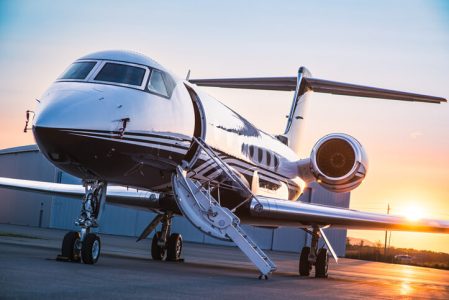Navigating Part 135 Operations
Understanding the nuances of different operational regulations is crucial for pilots striving to maximize their career opportunities and professional growth. Part 135 operations, specifically tailored for charter and air taxi services, offer unique opportunities and challenges that distinguish them from other types of flight operations.
What are Part 135 Operations?
Part 135 operations refer to a set of regulations defined by the FAA that govern commercial, non-scheduled air services, like charter flights and air taxis. These operations cater to businesses and individuals who require flexible, on-demand air travel services, providing a more personalized flying experience compared to commercial airlines. For pilots, engaging in Part 135 operations means adhering to stricter safety standards and operational protocols, which are designed to enhance passenger safety and service quality.
Significance in the Aviation Industry
Part 135 operations hold a significant role within the aviation industry, offering pilots a dynamic and rewarding career path. These operations are crucial for providing access to remote locations, facilitating business travel, and accommodating clients with specific scheduling needs. The growth in aviation demand, driven by the need for customized travel experiences, makes Part 135 a vital sector for pilots seeking to expand their expertise and cater to a diverse client base.
Key Differences Between Part 135 and Part 91 Operations
While Part 91 governs non-commercial flights such as private flying for personal purposes, Part 135 is specifically designed for commercial services. Here are some of the key differences:
- Operational Control: Part 135 operators must maintain a higher level of operational control, ensuring that flights are conducted safely under stringent guidelines.
- Pilot Requirements: Pilots under Part 135 are subject to more rigorous training and testing standards to ensure they are equipped to handle commercial flight operations.
- Safety and Maintenance: Part 135 demands more comprehensive safety procedures and maintenance checks, ensuring aircraft meet higher performance and reliability standards.
Main Requirements and Benefits for Pilots in Part 135 Operations
Transitioning or starting a career in Part 135 operations involves meeting specific requirements and enjoying several benefits. Here’s a closer look:
- Enhanced Training: Pilots undergo advanced training programs to refine their skills in managing commercial flights under varying conditions.
- Stringent Safety Standards: Adherence to higher safety protocols not only ensures passenger safety but also enhances a pilot’s reputation and credibility.
- Career Advancement: Opportunities for flying diverse routes and aircraft types can lead to career growth and specialization.
- Flexibility and Variety: Pilots enjoy the flexibility of flying different types of missions, from corporate charters to medical evacuations, providing a varied and interesting career.
As the demand for personalized air travel continues to rise, Part 135 operations remain a cornerstone of the aviation industry. These operations not only offer a challenging and rewarding career path but also a chance to make a significant impact on the evolving landscape of aviation. Embracing the opportunities provided by Part 135 can lead to a fulfilling career, marked by continuous learning and professional development.
RELATED CTS TRAINING










